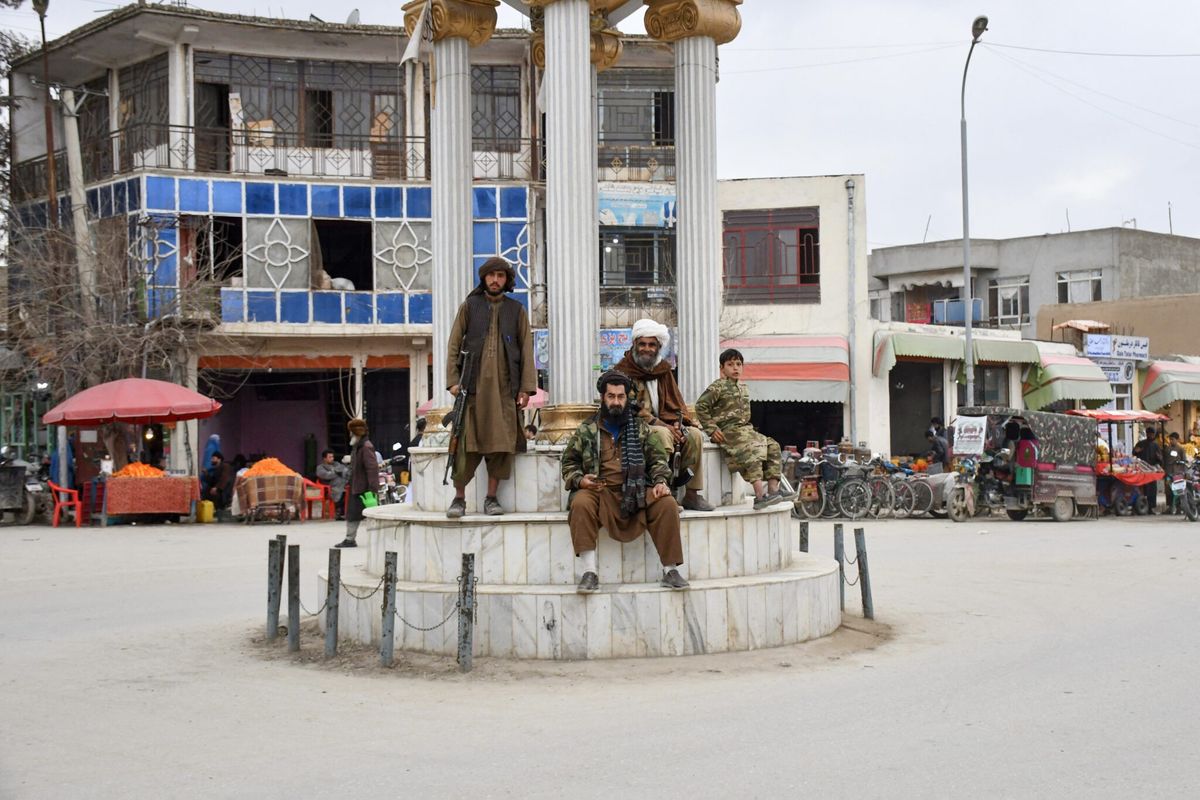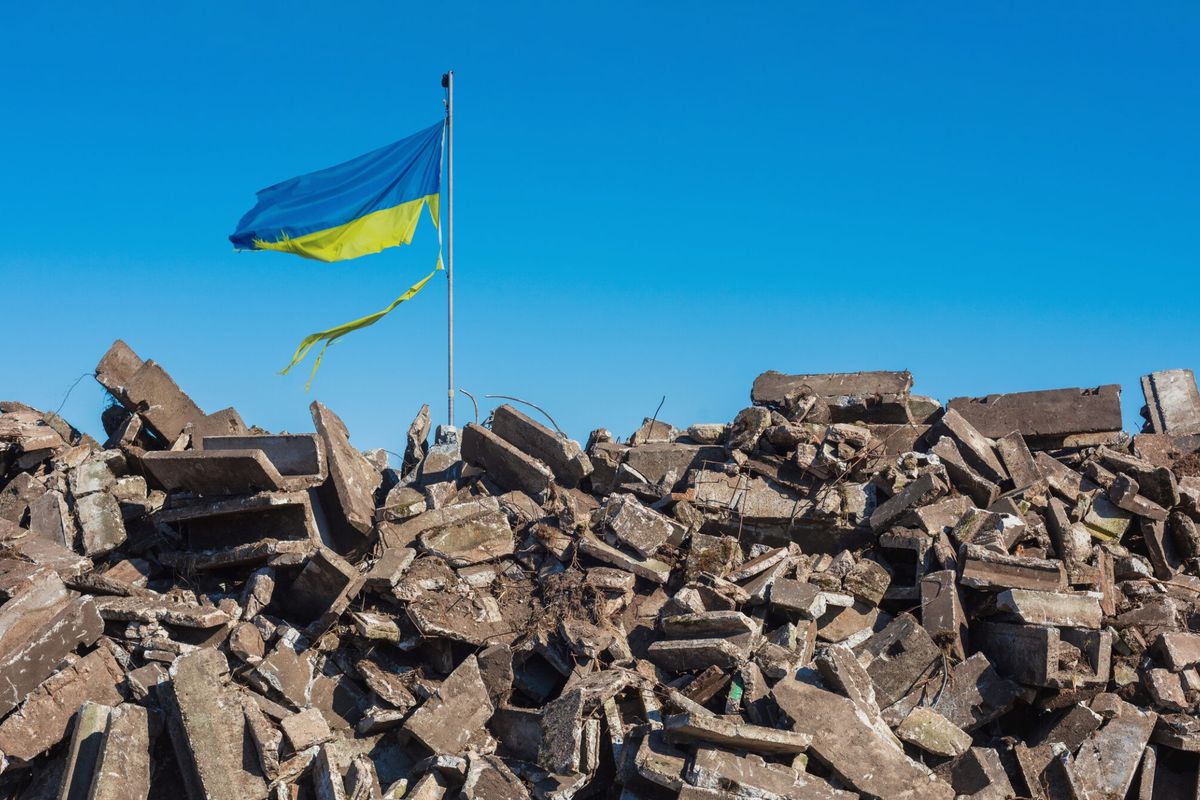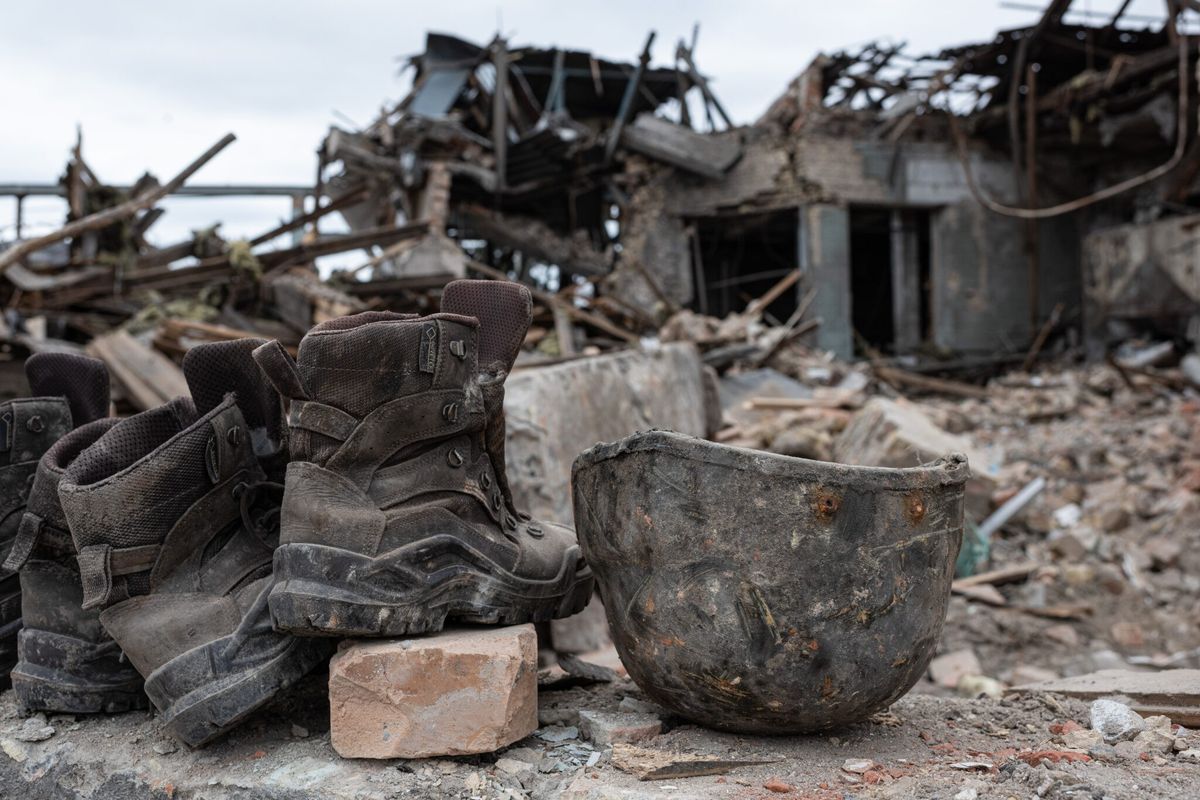For the past several years, the Obama administration’s strategy for Afghanistan has rested on the basic assumption that although no reasonable amount of U.S. money or troops could win the war against the Taliban outright, a limited American commitment to Afghanistan’s security forces and government would enable Kabul to hold on long enough to reach a negotiated truce with insurgent leaders.
This “hold and talk” strategy was not Washington’s first choice. It was born of frustration and exhaustion after more than a decade of war, including the Obama administration’s own military and civilian surge of 2010-11. It reflected a downsized vision of U.S. ambition in Afghanistan coupled with an assessment that the threat posed by international terrorism had grown more diffuse and less Afghanistan-centric in a new era of turmoil throughout the Middle East. However unappealing, the strategy was at least logically and politically defensible.
Now, however, with the announcement of Mullah Omar’s death sending negotiations between Kabul and the Taliban into a deep freeze, it is time for President Obama to rethink his Afghanistan strategy one more time before handing the problem off to his successor.
Even if Mullah Akhtar Muhammad Mansur manages to consolidate his hold over the Taliban and return to the negotiating table, unavoidable delays and the intensity of the violence in Afghanistan raise serious doubts over the staying power of Afghanistan’s National Security Forces (ANSF) and National Unity Government (NUG). Their premature collapse would signal a dangerous failure in Afghanistan, not entirely different from what the United States has suffered in Iraq, opening the door not only to a resurgent Taliban but also to international terrorist groups like Al-Qaeda and ISIS.
Compared to the U.S. troop surge in 2010-11, over 90% of U.S. forces have now been pulled off Afghanistan’s battlefields. As a consequence, Taliban fighters are able to launch massed assaults on ANSF targets in ways that were impossible when they feared American airstrikes. Terror attacks in Afghanistan’s cities, including Kabul, have grown more deadly, and ANSF losses were up 70% percent in the first fifteen weeks of 2015 over the year before.
To be clear, while the ANSF clearly show signs of strain, they have not failed. Taliban military advances are generally short-lived, feared ethno-political differences within the officer corps have not split the army, and bloodied ranks are replenished with new recruits. The ANSF have not lost, but neither have they showed they can hold without significant and continued U.S. assistance. To address this weakness, President Obama should make plans to retain a force of 5-10,000 U.S. troops in Afghanistan for at least 2-3 years and should refrain from announcing a firm end date to the mission. This would require the White House to take a politically painful step and reverse its promise to end the war before the president leaves office.
Like the ANSF, Afghanistan’s NUG is barely treading water. The power-sharing deal between presidential contenders Ashraf Ghani and Abdullah Abdullah has suffered from persistent infighting between the rival political camps. The NUG shows limited evidence of implementing reforms needed to markedly improve a corrupt and underperforming system. Political uncertainty combined with the departure of thousands of foreign forces, aid workers, and NGOs have sent Afghanistan’s economy into a deflationary spiral with the potential to upend what political unity still exists.
But the NUG need not collapse. President Ghani is a serious technocrat whose relations with Washington—both the White House and Congress—are far stronger than Karzai’s were. He requires and is deserving of a political lifeline, including an emergency economic stimulus package to add jobs and prompt reforms of the sort recently advocated by USIP’s Andrew Wilder and former National Security Adviser Stephen Hadley.
Finally, the Obama administration needs to prepare for the possibility that peace talks will never succeed. The U.S. intelligence community was caught by surprise with the announcement of Mullah Omar’s death, an event that likely transpired two years ago. That blind spot in Washington’s understanding of the Taliban leadership means the Obama administration cannot know if the Taliban are permanently united in opposition to any deal short of total victory and committed to talks only as a tactic to regain power.
For U.S. policymakers, in-person meetings with top Taliban leaders—like those in Pakistan in early July—offered a rare, imperfect means to judge the insurgency’s aspirations. The Obama administration may not see many more of these meetings before it leaves office. Under such circumstances, the only responsible U.S. strategy would be to buy more time by shoring up the ANSF and NUG, while also exploring options for the next administration to continue counter-terror operations in Afghanistan over the long run, whether the Taliban prove reconcilable or not.












